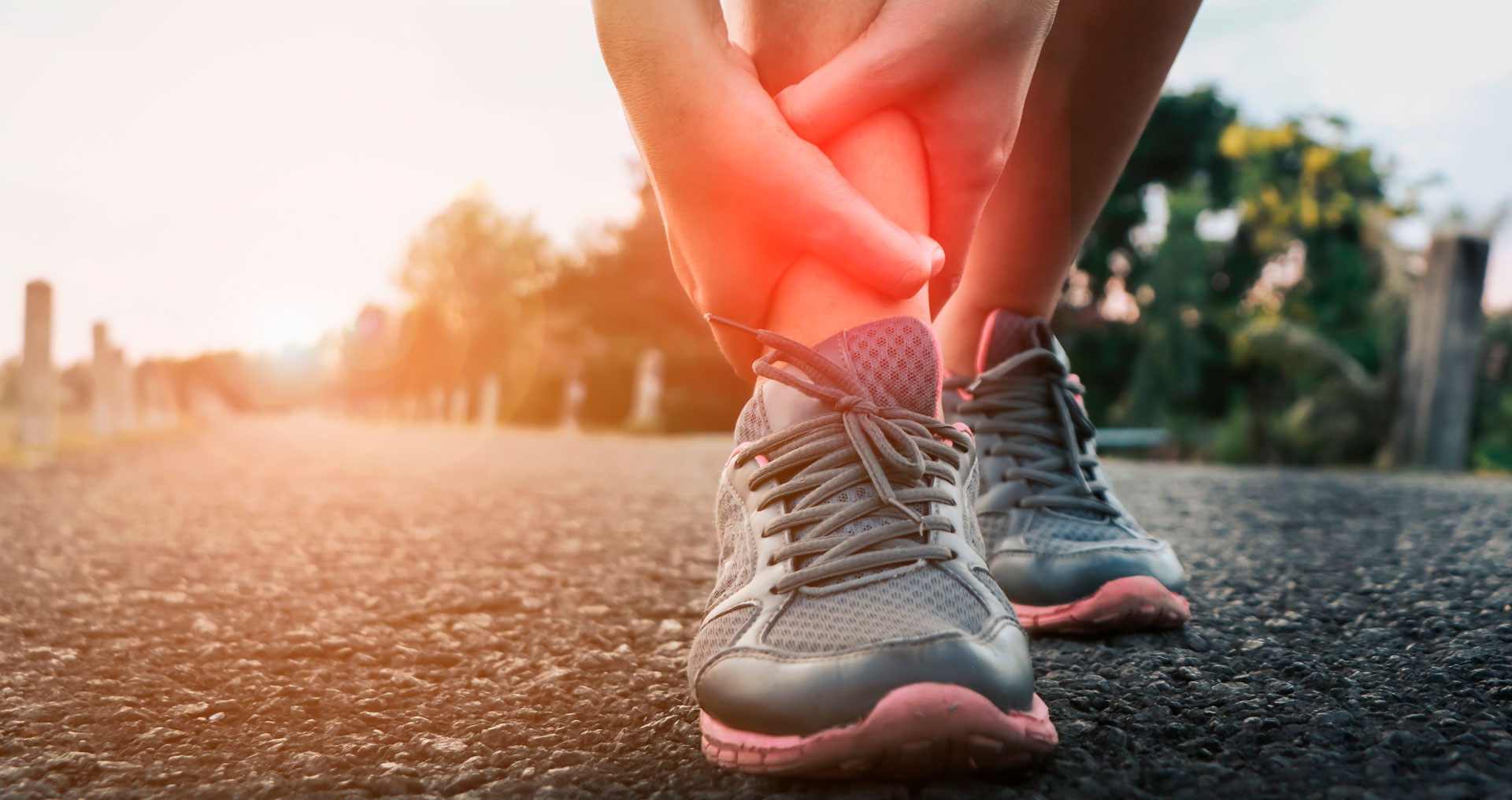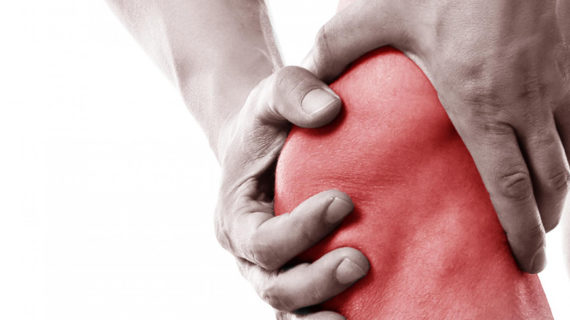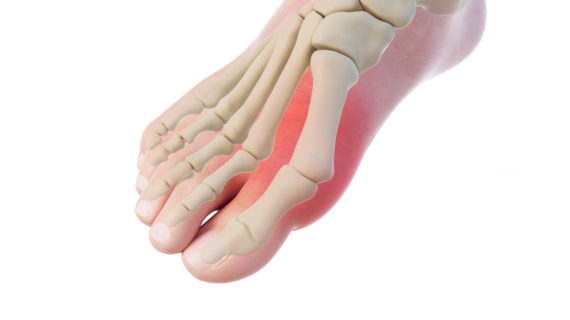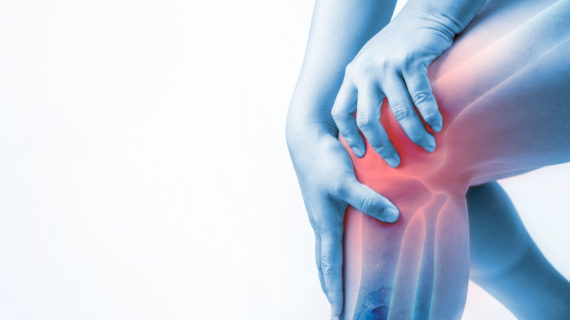Runner injuries
The most frequent injuries in the runner usually originate in mechanical overload produced by a high training load, inadequate running technique and altered biomechanics. Injuries of the runner are of a different nature.
Tendinopathies: tendonitis, patellar tendinosis and Achilles Tendinopathy.
Muscle injuries: acute such as fiber rupture and muscle contracture or chronic when there was pre-existing physical damage at the base.
Bone injuries: fatigue or stress fractures, most commonly located in the metatarsus especially the fifth metatarsus.
Among the most frequent pathologies are tibial periostitis and plantar fasciitis.
We can also classify and distinguish injuries based on their location:
Pelvis-deep buttock syndrome or pyramidal syndrome where pain is localized in the buttock region and radiates to the knee.
Front knee-patello femoral syndrome, also known as the “runner’s knee” syndrome, is characterized by pain in the front area of the knee that appears when squatting your legs or climbing stairs.
Lateral knee-ileotibial band syndrome, typical runner tendonitis that manifests itself when we run for a few minutes. It is such a paralyzing pain that it causes the sportsman to stop.
Internal knee-tendonitis / tendinopathy of the crow’s foot causes pain when descending from a high point (like going down the stairs), and if it evolves it can cause pain even in a lying position (in bed).
There are recommendations and advice to avoid such injuries.
For beginners: start with caution and without overdoing it, use the right shoes. Better if these are customized and tailor-made according to height and weight and with shock absorbers. It is important to understand what kind of terrain we are going to run on in order to choose shoes with soles that suit us.
In this sense, it is good to start on soft surfaces and progress slowly avoiding overloading the feet and knees.
Important is the biomechanical appearance of the joints. The body must adapt to the technique of sports, the muscles get used to a job that they had never done before. To avoid injuries, stretching exercises are recommended at the end of each workout, to stretch and stretch the muscles involved and not only (from the buttock to the thigh, from the calf to the sole of the foot).






